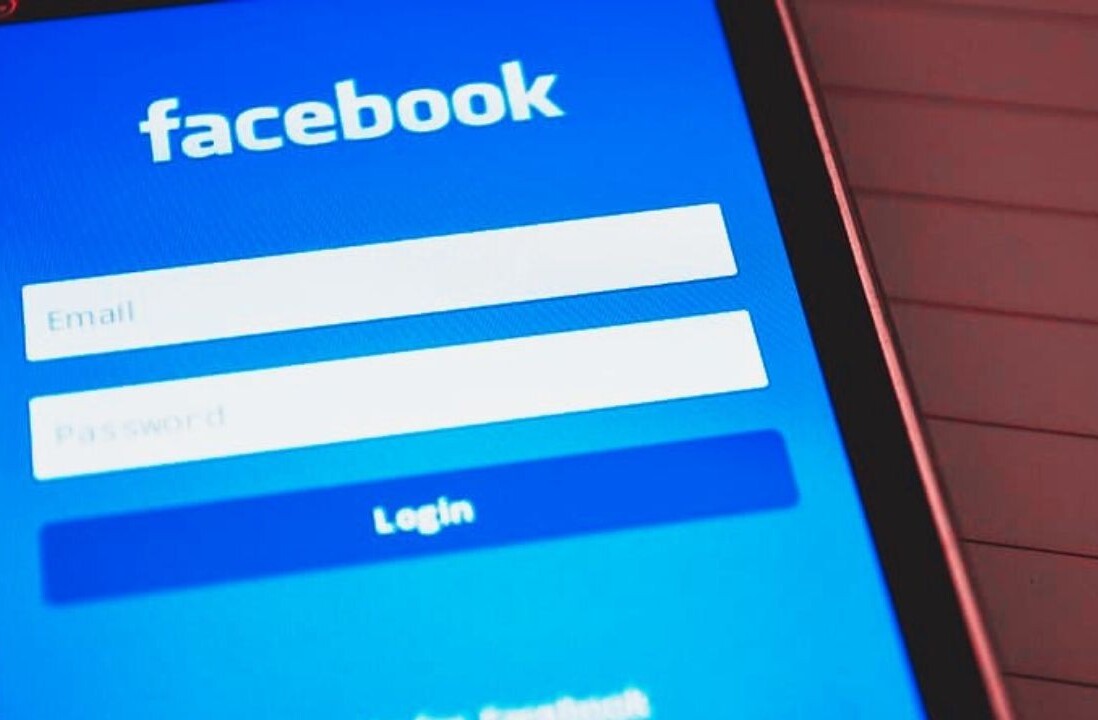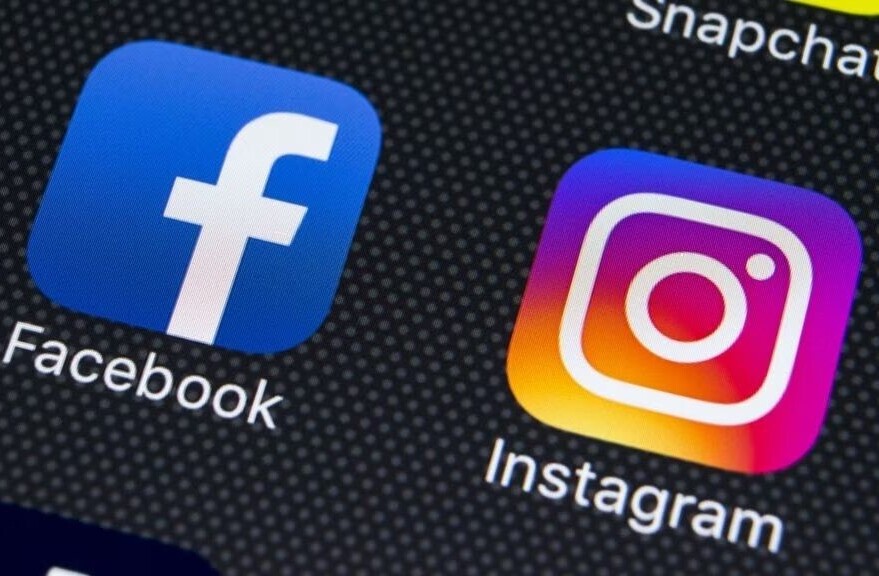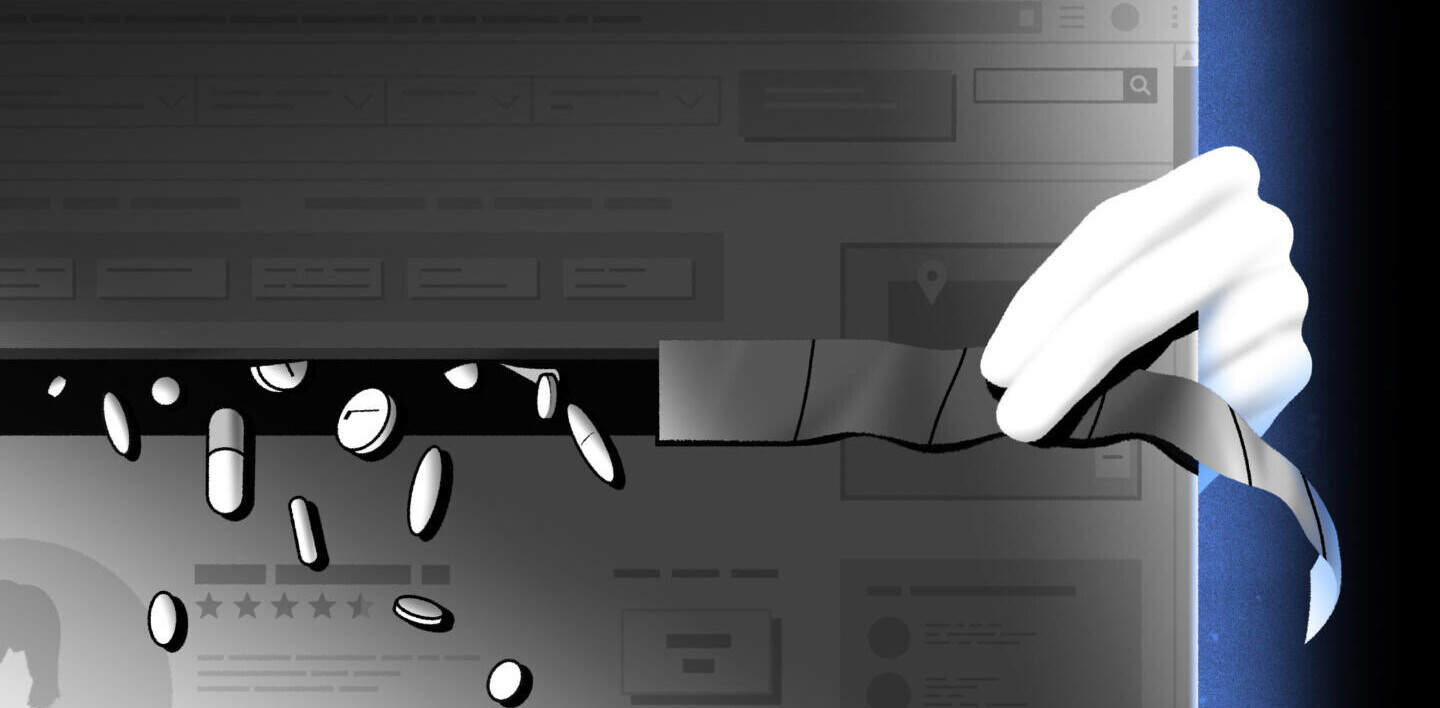
The Web is a different beast in 2014 to what it was 10 years ago. Facebook was a glorified Harvard intranet, twitter was a noise birds made, and YouTube was two non-capitalized words completely unrelated to cats falling off things.
Long before Bebo overtook Myspace to become the country’s number one social network, Friends Reunited had been steadily snowballing its way to the upper regions of Britain’s Web charts, letting you meet former school/work buddies. The site was similar to the USA’s Classmates.com, but aimed primarily at the UK and Ireland.
Friends Reunited was conceived by husband and wife team Steve and Julie Pankhurst, and their friend Jason Porter, back in 1999 before opening for business in 2000. Within two years it had more than 2 million monthly users, and at its peak this figure grew to more than 15 million with 200 million page-impressions.

Broadcaster ITV acquired the service for £120m ($208m) in 2005 (with a further £55 million due to be paid in 2009) when it was at its peak, but sold it four years later for £25m (about $42 million) to Brightsolid Limited, a division of DC Thomson, the Dundee-based publisher of popular kids’ comics such as the Beano.
The site was relaunched in 2012, with a focus on tight privacy controls (i.e. we’re better than Facebook), offering “a nostalgic journey through all of those ‘Remember when?’ moments, using the power of iconic images.” Yes, a photo site.
Earlier this year, however, Steve Pankhurst and Porter regained control of Friends Reunited, emulating a similar move by fellow Brit Michael Birch the previous July, when he bought Bebo back for $1 million. Not bad considering he sold to AOL for more than $800 million.
At any rate, moves were swiftly made to return Friends Reunited to its former glory, with schools, workplaces, forces and clubs reinstated. Many of the old favorite features were promised too, as well as new ideas. But can a brand synonymous with Web 1.0 really re-establish itself in a world of Facebooks, WhatsApps and Snapchats? We caught up with Pankhurst to find out.
Founders reunited
While both Pankhurst and Porter are from technical backgrounds, only Porter is back working full-time on the gig for now, with Pankhurst involving himself with some marketing, meeting people and “readying some new products”, he says. His wife and co-founder Julie isn’t hugely involved this time around.
So what has Pankhurst been doing in the eight-plus years since cashing in to ITV?
“I’ve been out of technology, so I’m a little bit rusty and I’m not sure I can learn it all again,” says Pankhurst. “When we sold it, I just started enjoying myself really, I had a five year contract that meant I couldn’t really do anything in the internet world, so my hands were tied.
“Friends Reunited has pretty much been on a downwards curve since Facebook came about, probably about a year or two after ITV bought it. Bebo has gone the same way, Myspace has gone the same way, Friendster…a lot of those early pioneers of social networking have struggled because Facebook has become so huge and powerful.”
So why would anyone return to something that’s on its last legs? The whole idea started with DC Thomson’s Brightsolid, which had acquired both Friends Reunited and sister site Genes Reunited. Though it was the latter of these that was really what it was most keen on.
“They (Brightsolid) tried to add features to Friends Reunited rather than [introduce] new products,” explains Pankhurst. “We launched a dating site, a genealogy site, and used the Friends’ database to drive traffic to cross-sell. That worked really well, and Genes Reunited is now bigger than Friends Reunited. That’s the real reason DC Thomson bought it, because they already have a family history section.”
It seems that Friends Reunited was the unwelcome guest at the party.
“They tried to relaunch it as a picture site in 2012, and completely pivoted to a sort of ‘Pinterest for your memories’ thing,” he continues. “It was a brave thing to do, but ultimately it didn’t get the traffic. Friends Reunited has a lot of core, loyal fans and it disillusioned a lot of those, because it stopped doing what it said on the tin. Fair play to them for trying, but some of these things work and some don’t.”
Fast forward to September 2013, and new Brightsolid CEO Annelies Van Den Belt-Jansen entered the scene and reviewed the whole business, and she decided that Friends Reunited was not core to its strategy – it wanted to focus on genes. So she called Pankhurst in, and gave him first refusal. “They called it ‘re-incubation’, basically…’have you got any idea what to do with this?'”.
Which, I guess, is fair play to Brightsolid. It could quite easily have pulled the plug on Friends Reunited forever without asking anyone’s permission. And this was a real option, as Pankhurst explains. “One of her first lines was, ‘we could just switch this off’. But I think she saw there was still some value in the brand. I’m not sure she saw much value in the product though, it was probably losing money. But Friends Reunited still has something.”
Following the meeting in September, Pankhurst didn’t think much of it. But over the course of a couple of weeks, he returned to an idea he had in 2006, that he’d started working on as a personal project. But he is hesitant to reveal what this was, as it will give the game away as to what’s coming next for Friends Reunited.
“Suddenly, seeds of ideas came along, and now it’s a completely new product that I’m interested in,” says Pankhurst. “And it fits Friends Reunited, and it fits Genes Reunited. So I went back and presented my idea to them, and we launched a sort of joint venture. We’re effectively taking control of the Friends’ database, and we’re trying out a new sub-division.”
So DC Thomson is keeping its stake for now, and off the back of a completely new standalone product that will be launching soon, both the reborn Friends Reunited and Genes Reunited could benefit. Though whatever this new product is, it perhaps stands to benefit most, given it will be tapping the existing user database which is worth its weight in gold when it comes to launching new products.
“To take a brand and turn it into something it wasn’t, personally, it’s quite a tough call,” says Pankhurst. “That’s why we put Friends Reunited back to how people remembered it, and not try and reinvent it. With my new idea, I could just put it into Friends Reunited, but I don’t think that would work. It would be a completely confused identity, so I’d rather create something new with its own name, and use the Friends’ database to try and leverage people to come and use it.”

Way back when: You gotta be lucky
Hindsight is a wonderful thing. It’s easy to look back at what Friends Reunited could’ve, should’ve, or would’ve been if things had panned out a little differently. Facebook, ultimately, killed off many other players in the space, leaving Bebo, Myspace, Friendster and others choking on a giant dust-cloud.
“A few people have said we could’ve been Facebook, but I’m not so sure,” says Pankhurst. “You have to be in the right time and the right place really, plus we were very niche, with a focus on schools, workplaces and such like.
“My marketing guy tells me I presented an idea back in 2003, that he says was to open up Friends Reunited into a network of all your friends, current and old,” continues Pankhurst. “I got into blogging, Blogger had just come out, but, well, we just didn’t pursue it.”
As with many such stories, the word ‘luck’ is never normally too far away from the discussion. Right place, right time, right… everything.
“Zuckerberg got lucky, when he launched it [Facebook], and we got lucky too – it was the right period of the internet,” says Pankhurst. “The internet was ‘busting’, companies were being given loads of money and crashing, and we were just sitting in our little bedroom trying something out. There was all this nostalgia too, around the turn of the millennium. I dunno, I think it would be a little arrogant to say we could’ve turned it into something more…”
Pankhurst trails off as he considers exactly what message he wishes to convey. Though it did have a footprint in Australia and New Zealand through some purchases it made, Friends Reunited was pretty much a UK and Ireland affair. This meant it was always going to have its limitations, and perhaps didn’t leverage the single-most valuable facet of the internet – it’s global.
“Looking back, I think there were a number of mistakes we probably made,” he continues. “One of which was not going global quicker. There was a site in America called Classmates.com, and we always feared they would come and grab our territory. But actually, if I look back, maybe I should’ve been a lot more ruthless and gone to the States and taken them on.”
Then there’s the issue of money. While the prospect of paying a subscription to use Facebook today may seem preposterous, that is exactly what Friends Reunited did back in the day. You could view profiles, but if you wanted to contact your old ‘bestie’ from school, you had to commit to a whopping £7.50 per year. If you included your email address in your main profile page, Friends Reunited would automatically ‘hide’ it. There were easy workarounds of course, so rather than writing Paul@hotmail.com, you would just have to say something like ‘Paul at the hot place dot-com‘. What people did to avoid paying a little bit of money, right? However, many did pay.
“When you look back now, you think ‘that’s mad’, but people paid,” says Pankhurst. “We had a really good business – it wasn’t just advertising, it was a proper subscription model. But there was always that worry about how long this would last, you had to keep innovating. When we sold to ITV, I think they didn’t keep on innovating enough, they were trying to make money out of it rather than being entrepreneurial.”
Friends Reunited today
The old guard took control of Friends Reunited in February, returning things to the days of yore – the way its fan-base would want. Remarkably, it still has 10 million registered users, though admittedly that probably means ’10 million email addresses’. However, traffic still sits at around one million visitors a month, from which there are 50,000 – 100,000 core users.
“They’re really passionate about it,” says Pankhurst. ” And because it had gone off on a tangent a bit, we’ve now put it back to the core product. It feels like we’re getting a lot of love back from people. We do get a lot of new users too, but there is a hardcore element of people who grew up with it, who use the message boards and talk amongst each other. It is a thriving community. Really, we want to use this to test out a new product and take it from there.”
Pankhurst says he’s treating things a bit like a startup, and prefers to work on new ideas from the ground up. The new product is about “50-75 percent” ready, and will be quietly rolled out in the coming months. This will include mobile apps too.
“We’re trying to do things a bit old-school,” he says. “One of my motivations is, well, people keep telling me you can’t do things how you did back in 2000. I sort of agree with that, but I sort of want to prove them wrong too, by doing it very organically. I’m involved in a lot of startups now, and I see a lot of rubbish, a lot of poor development, poor application. It annoys me. So I suppose I just want to have one more go myself!”
Over the years, Pankhurst has indeed been involved with a number of startups as an investor, some successful, some not. He also recently launched his own mobile app called FBDB for iPhone, which is basically a gigantic database of English football. He doesn’t do any coding any more though. “I’m so far behind now, Jason’s doing all that at the moment for Friends Reunited, and for FBDB I’m using a Romanian company,” he says.
This, according to Pankhurst, is in contrast to Bebo’s Michael Birch who, as we noted already, bought Bebo back last summer for $1 million.
“I know Michael a bit, and I thought he was mad when he took it back,” he says. “But within three months, there I was doing exactly the same thing. The difference is, he paid quite a bit of money, though I guess it’s small fry compared to what he got for it. I knew about his Monkey Inferno incubator, and I could see it was perfect for him. It’s a really good, massive database of people. So why not? He can use that in the same way as I am, to try pivoting and trying new ideas out. I think it’s a great move. I know what he’s like, he’s not like me – he still loves to code.”
Friends Reunited may never return to its peak of 15 million user a month, but that’s not really the goal here. While many, if not most, of its former networkers have moved elsewhere to do their socializing online, a decent band of people have remained loyal to the service. And armed with a new product, domain and brand, Pankhurst could well use Friends Reunited as the seed to create something else special. Something more geared towards the Web of 2014.
Feature Image Credit – Shutterstock
Get the TNW newsletter
Get the most important tech news in your inbox each week.




